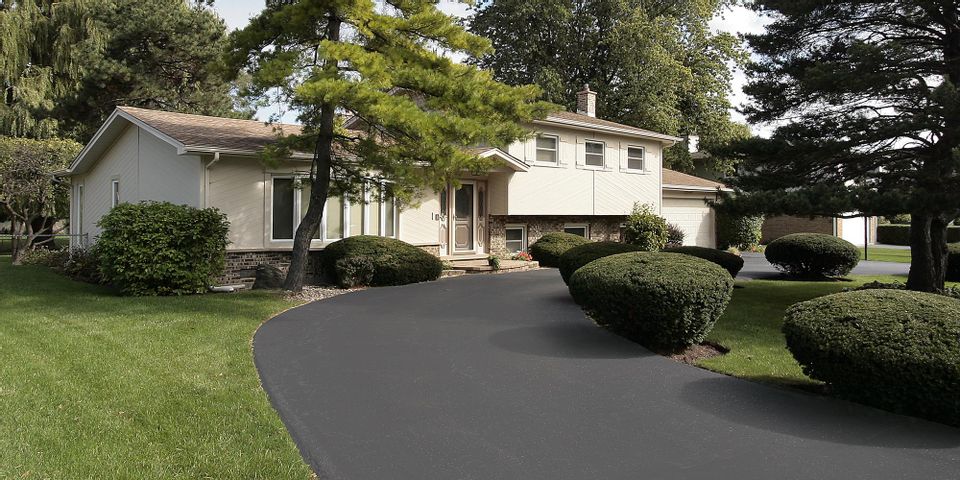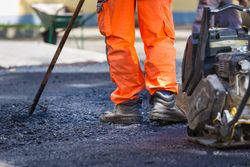
Attractive and affordable, asphalt appears on roads, parking lots, and driveways across the country. Unfortunately, it’s prone to cracking, particularly if it’s not well-maintained. Here’s what you should know about the most common types of asphalt cracks, including how to repair and prevent them.
What Are the Most Common Kinds of Asphalt Damage?
1. Longitudinal Cracks
Running parallel to the pavement’s centerline, a longitudinal crack typically occurs due to poorly constructed joints. Other causes include improper paver operation and temperature fluctuations; when snow or sleet seeps beneath a small crack, it will turn into water when the temperature warms up. When the temperature drops, the water will freeze and expand, pushing against the pavement and lengthening the crack.
Prevent these cracks by applying a crack sealant to small cracks, which will keep snow and sleet from seeping beneath them. Prevent existing longitudinal cracks from getting bigger by having a paving contractor replace the cracked pavement.
2. Edge Cracks
 An edge crack is a type of longitudinal crack that appears within one or two feet of the pavement’s edge. They usually occur due to inadequate support at the pavement’s edge and poor drainage. These issues cause the base materials below the pavement to settle and weaken, increasing the risk of cracks. Edge cracks can also appear when trees and other heavy vegetation put excess weight on the edge of the pavement.
An edge crack is a type of longitudinal crack that appears within one or two feet of the pavement’s edge. They usually occur due to inadequate support at the pavement’s edge and poor drainage. These issues cause the base materials below the pavement to settle and weaken, increasing the risk of cracks. Edge cracks can also appear when trees and other heavy vegetation put excess weight on the edge of the pavement.
To prevent this type of cracking, improve drainage around the surface, and remove any heavy vegetation along the pavement’s edge. Repair small edge cracks by filling them with emulsified asphalt. Larger edge cracks will need to be patched or repaired by a professional.
3. Slippage Cracks
Shaped like a crescent or horseshoe, a slippage crack typically occurs because the paving contractors used a low-strength asphalt mix. They can also be caused by a poor bond between the pavement’s layers, which makes them so weak that they slip forward when vehicles pass over them. Poorly bonded layers are particularly vulnerable to the force of turning or braking cars.
To repair slippage cracks, professionals can remove the asphalt’s top layers until they find a strong bond and then patch the pavement with a high-strength mix.
Rely on the team at PaveCo to solve all of your asphalt problems. Based in Kalispell, MT, they repair cracks, potholes, and other issues for residential and commercial clients throughout Flathead County and the surrounding areas. With 20 years of experience, they’re committed to keeping your surface strong. Learn more about their services online, and call (406) 752-0051 to schedule a free estimate.
About the Business
(7 reviews)
Have a question? Ask the experts!
Send your question

